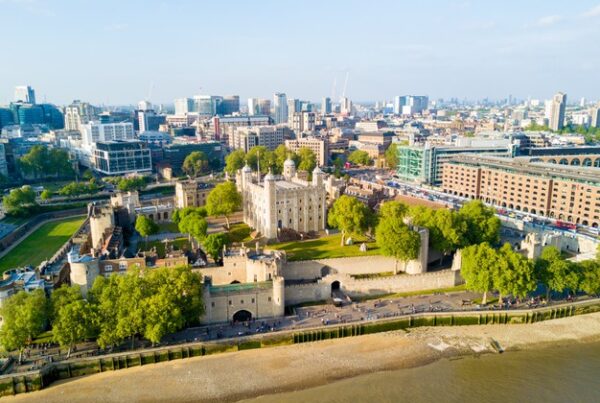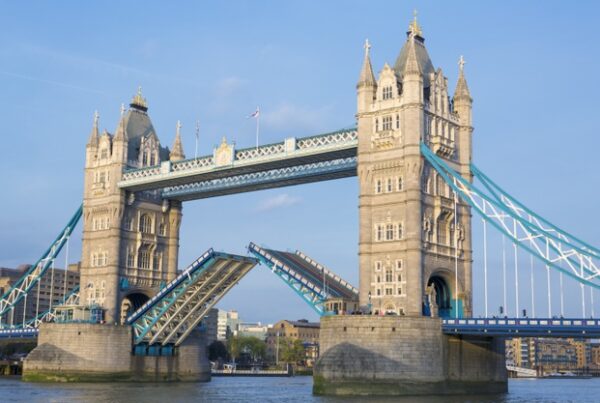Europe has an important place in education. One of these countries is England. In this article, we will explain in detail about the UK education system.
England’s education system is one of the most developed and successful countries. This country attaches great importance to education.
What are the Stages of the UK Education System?
- Early Years
- Primary School
- Secondary School
- Future Education (College)
- Higher Education (University, Master’s etc.)
England’s education system consists of 5 stages.
1. Early Years
Pre-school education in England starts at the age of 3-4 with kindergartens called ‘Nursery’. Kindergarten education is not compulsory. However, most parents prefer kindergarten education for their children.
The reason why pre-primary education is preferred frequently in England is that the state covers all education expenses of children between the ages of 2-4. However, there is a certain limit to the educational expenses they cover. The state does not pay the fees after the determined limit is exceeded. Families must pay these payments.
All children aged 3-4 have the right to receive a total of 570 hours of free pre-school education per year. This period corresponds to 38 weeks in a year and 15 hours per week.
In some special cases, children aged 2 can receive free education. These special cases are the insufficient financial means of the family and the documentation of the child in need of care. There are many institutions for pre-school education in England.
2. Primary School
Compulsory education in England starts when children are 4 years old. Most of the families prefer public schools for their children’s primary education. Public schools are completely free. Many materials such as books, notebooks, stationery products are provided by the school.
There is a locker for each student in the schools. In this way, there is no need for them to take their school belongings home and bring them all the time. UK schools are required to wear uniforms. This is especially different from most of the European Countries. Because European countries generally do not have a uniform requirement.
Compulsory education in England consists of 7 years.
3. Secondary School Education (Secondary School)
In the 6th year of primary school, an exam called SAT takes place in May. According to the results of these exams, students are placed in secondary schools called Secondary School.
Schools entered with SAT scores are not the only options for secondary school. It is available in exams called 11+ (11 plus). However, these exams are much more difficult and detailed than the SAT exam. These are required for students to enter private schools or public schools that are equivalent to private schools known as Grammar Schools.
In the SAT exams in England, questions are asked from the subjects in the curriculum. However, 11+ exams also include questions about extra-curricular subjects.
Children cannot prepare for 11+ exams through school. Special courses and instructors are required for such exams.
4. College Education (Futher Education)
This tutorial is 12-13. It covers classes and is mandatory. The students in this school are young people between the ages of 16 and 18. Students here are entitled to receive a Diploma of Advanced Education at the end of 2 years. In addition, this school prepares students for A-Level exams. They also have the right to attend BTEC vocational courses.
The results of the A-Level exams also play a major role in determining your university education. BTEC-style vocational courses offer students the opportunity to work without going to university.
5. University
University education in the UK is not compulsory and is paid. University annual fees It costs between £6,000 – £9,000 per year for British or European Union citizens. The tuition fees of the students other than these vary between 15 thousand and 25 thousand pounds sterling. Here are the annual university fees in the UK .



